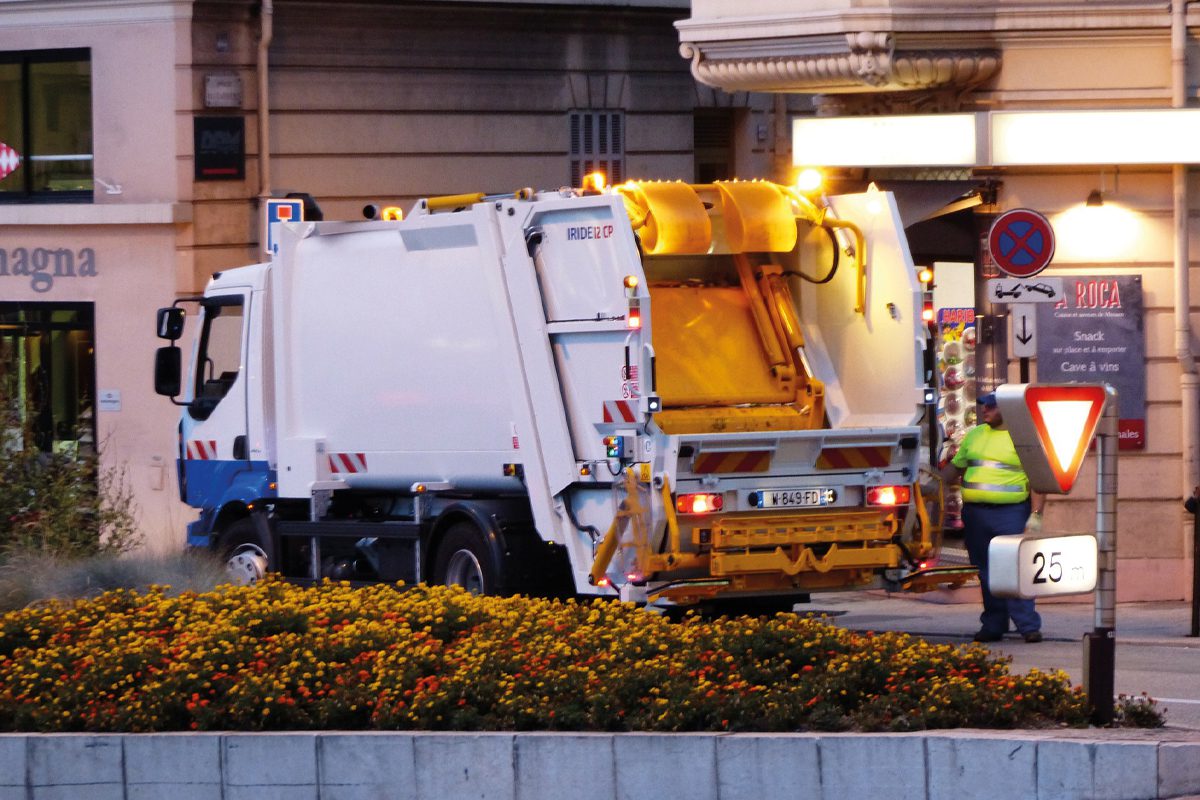Phil Oldbury of infrastructure asset management software firm Yotta, writes about the opportunities that exist to streamline and improve the functioning of a traditionally neglected service area
For councils, street cleansing has historically been the poor relation among environmental service areas. It is typically far less digitised than waste collection and generally even trails other areas such as grounds maintenance and parks management in this regard. With funding tight and a prevailing culture cautious of change, most councils are still predominantly paper-based in their approach.
Many will have little historical data about their street cleansing operations and rely on manual methods of planning and delivering services. In terms of the way schedules are managed, most local authorities typically use spreadsheets to outline streets that need to be cleaned.
There is often also a lack of technology for the operatives to use to update management teams on their progress. In short, there is no real feedback loop on that scheduled work, other than operatives ticking off on a piece of paper to confirm that they have completed their tasks, and the paperwork subsequently being filed.
That results in a lack of real-time awareness of the status of jobs and can also result in errors being made and time and money being spent rectifying them. There are limited ways for operatives to feedback, for example, that a road that they have been assigned to work on, does not actually need cleaning, or for them to advise that the frequency of street cleansing carried out in a particular area needs to either be increased or reduced.
As constituted today, the service also often fails to efficiently deal with queries or complaints made by members of the public. A one-off request for street cleansing of a specific road might come into the council’s operations team via a digital channel and be logged onto a website but it will then invariably be printed in the back office as a job ticket and passed to an operative to go and deal with, with the resident not necessarily being updated about progress until after the event.
Finding a Solution
Given the issues outlined above, there is a clear rationale behind councils moving to a more digitised approach to running their street cleansing operations and a clear need for simple easy-to-use technology to guide them on their journey.
It has been difficult for councils historically because intuitive, accessible technology capable of delivering a solution to these challenges wasn’t readily available. That’s changing today, as technology that allows the complexities of cleansing services to be displayed and reported on in real-time by operatives is now available. Cost-effective, easy-to-use systems that manage and process data to deliver insights and better planning are driving service efficiencies.
Councils are gradually embracing innovations in street cleansing. That’s illustrated in part by headline-grabbing initiatives like solar-powered street bins and fill level sensors that alert the council when a bin needs emptying.
This kind of approach fulfils an immediate service requirement but it can also potentially go beyond that. The level of data coming back to the council from these sorts of ‘binfrastructure’ innovations helps it look at trends and plan more effectively. The information provided may be able to help the authority decide how frequently individual bins need emptying, and whether the number and size of bins they have in place are optimally located.
We are starting to see greater use of connected devices and better monitoring of these assets, which is key to improving street cleansing services. It is also important to be able to monitor the work that operatives are doing. It’s crucial to give them the opportunity to engage more proactively with management in the office and report the work they have done, where and why work is unnecessary, as well as issues arising.
That’s partly about having access to connected technology, of course, but it is also very much to do with leveraging the latest mobile technology to drive better communication between workers out in the field and back-office teams. Street cleansing workers can use mobile devices to view their scheduled work, reporting in real-time either that they have cleaned a street, or that it did not need cleaning, adding to the wealth of useful data for service planning. They can also view reactive work that has been allocated to them, or log additional service issues they are unable to complete.
Moreover, managers can start to exercise greater control over work being done. They can see exact locations of each operative, what progress has been made against the plan and adjust as needed to ensure the service structure is efficient. From this, they can share that data with key project stakeholders and with the wider public, helping to promote a more positive sense of engagement in the street cleansing work they have done, as well as providing evidence to support decisions taken.
Connected technology is starting to transform street cleansing services by connecting infrastructure; organisations and customers. The next phase will see this technology connecting different service areas and asset classes. For example, seeing how the street cleansing, waste collection, green spaces and highways management services impact on each other and the interplay between them will be crucial in delivering more for less. The latest systems and solutions are ushering in an era of dynamic change in the way street cleansing is managed and run across the UK. Forward-looking councils need to grasp the opportunity and act now to transform their service offerings.









